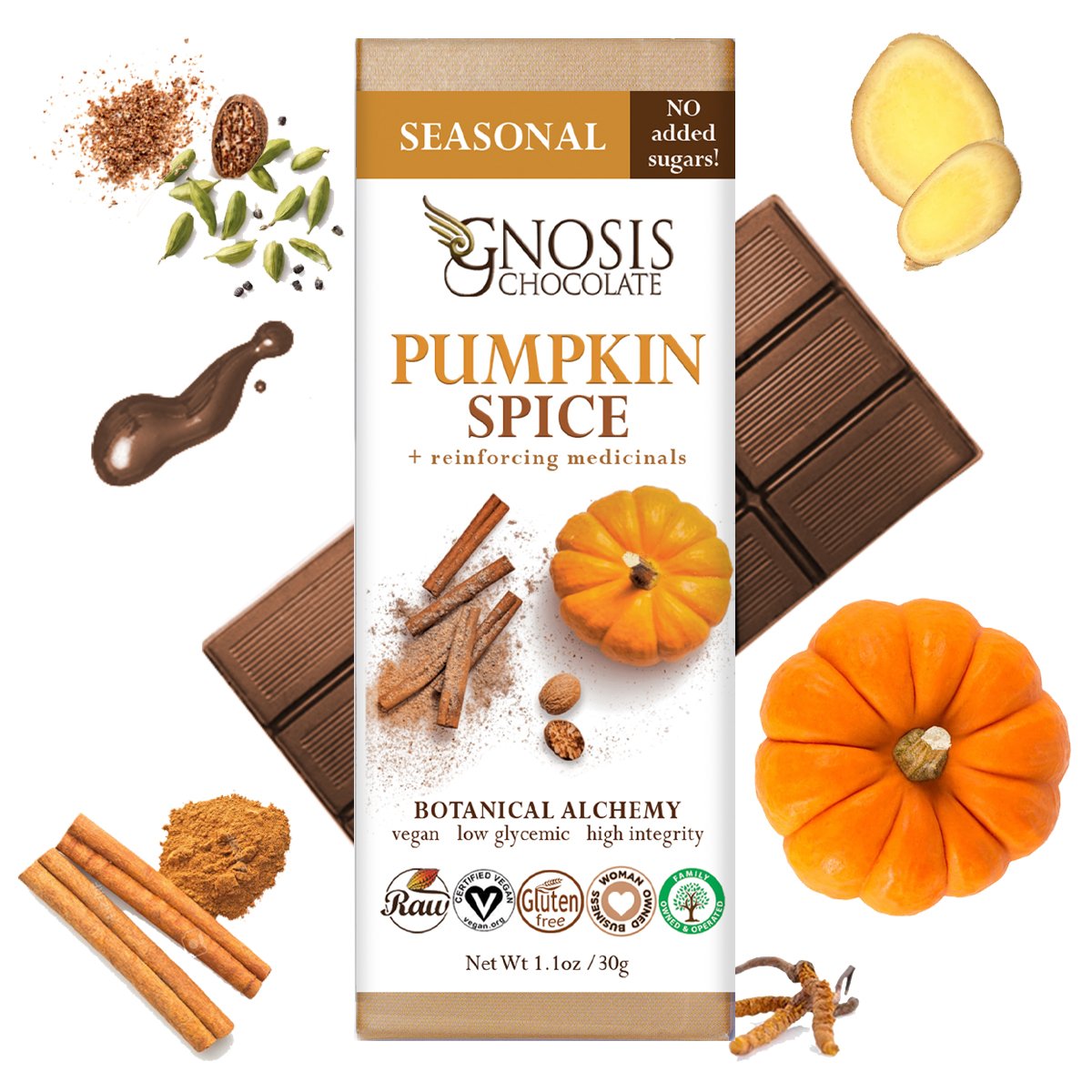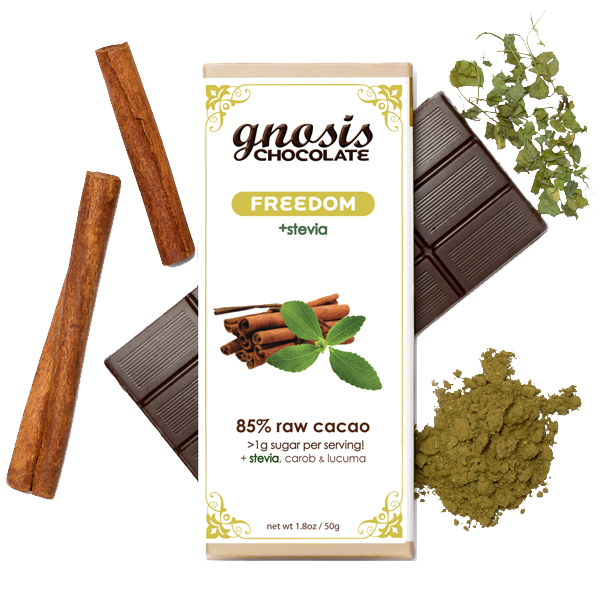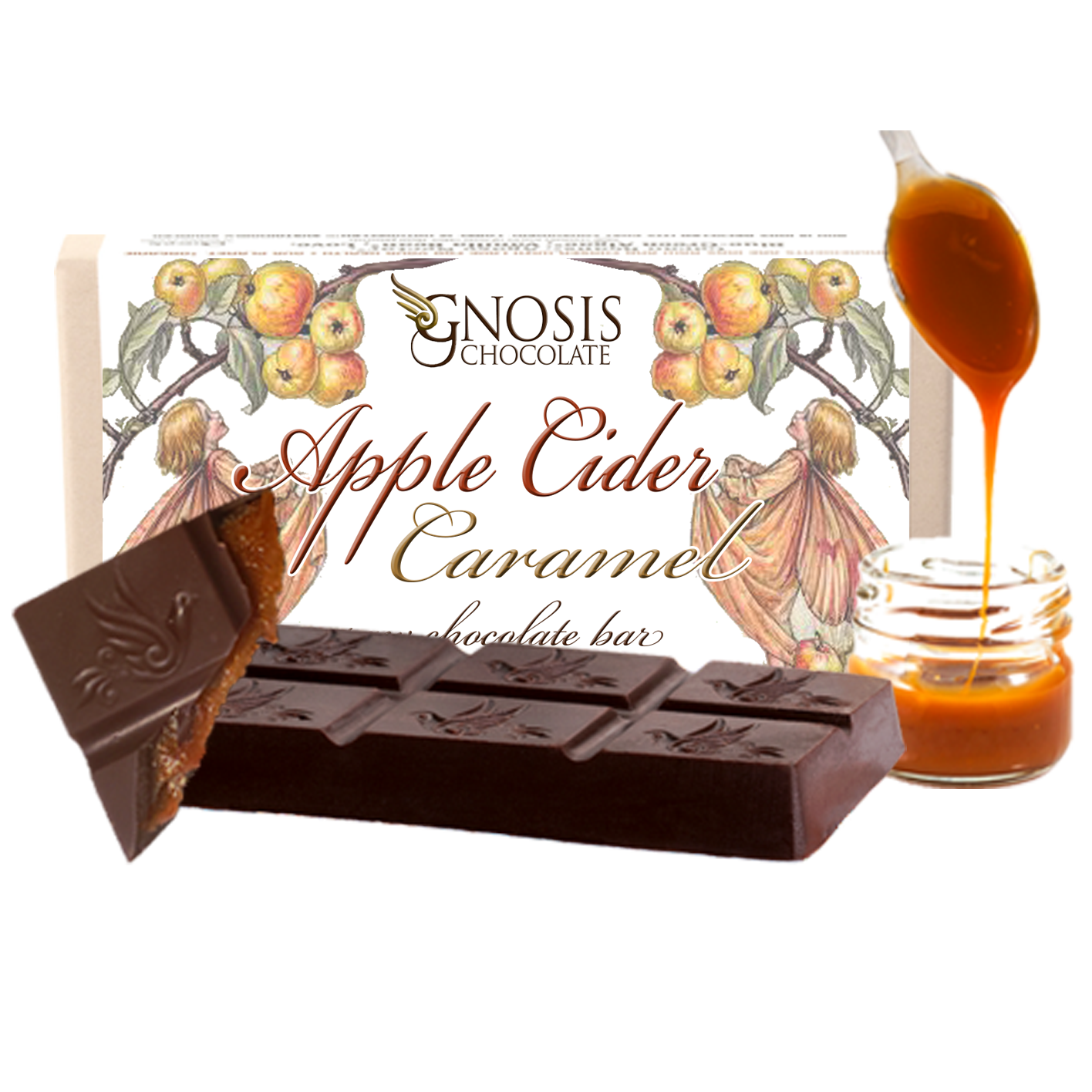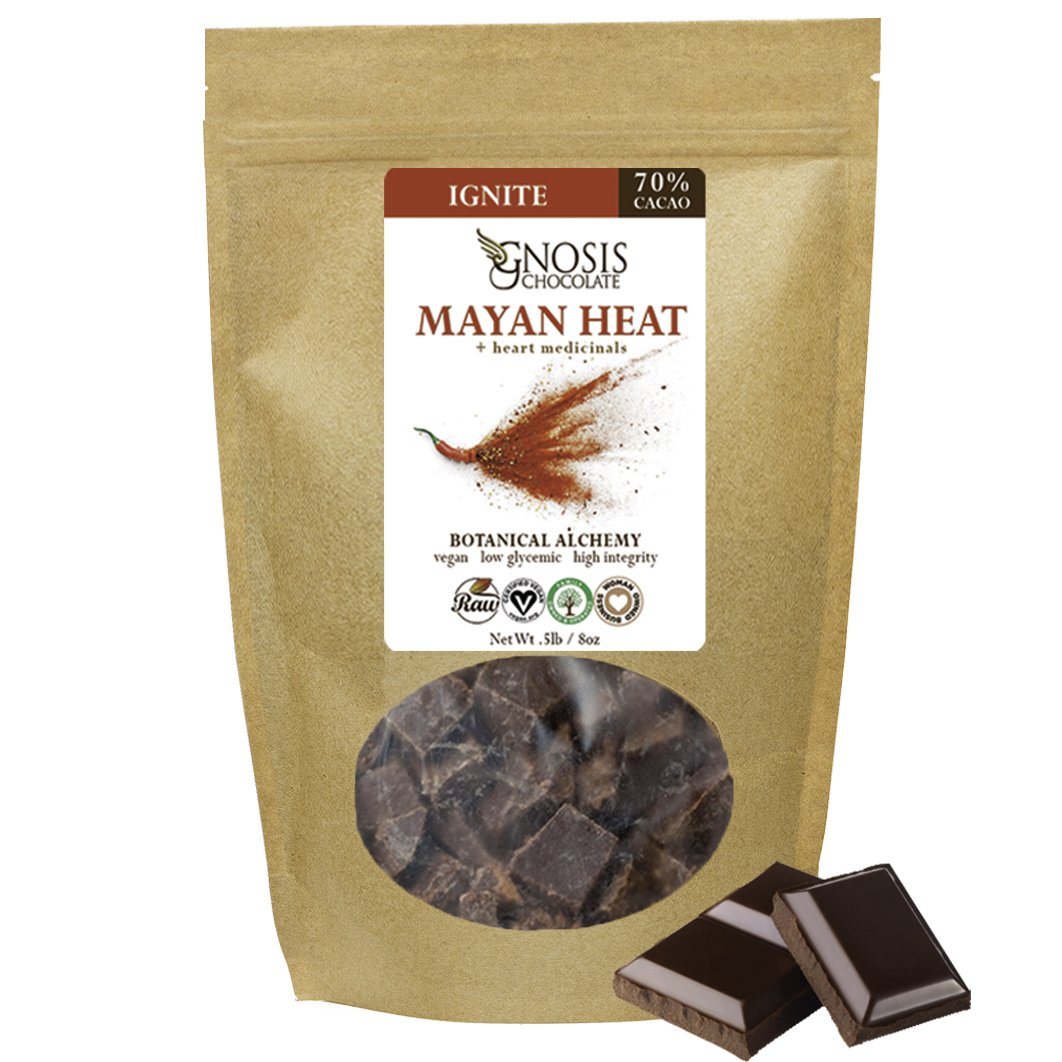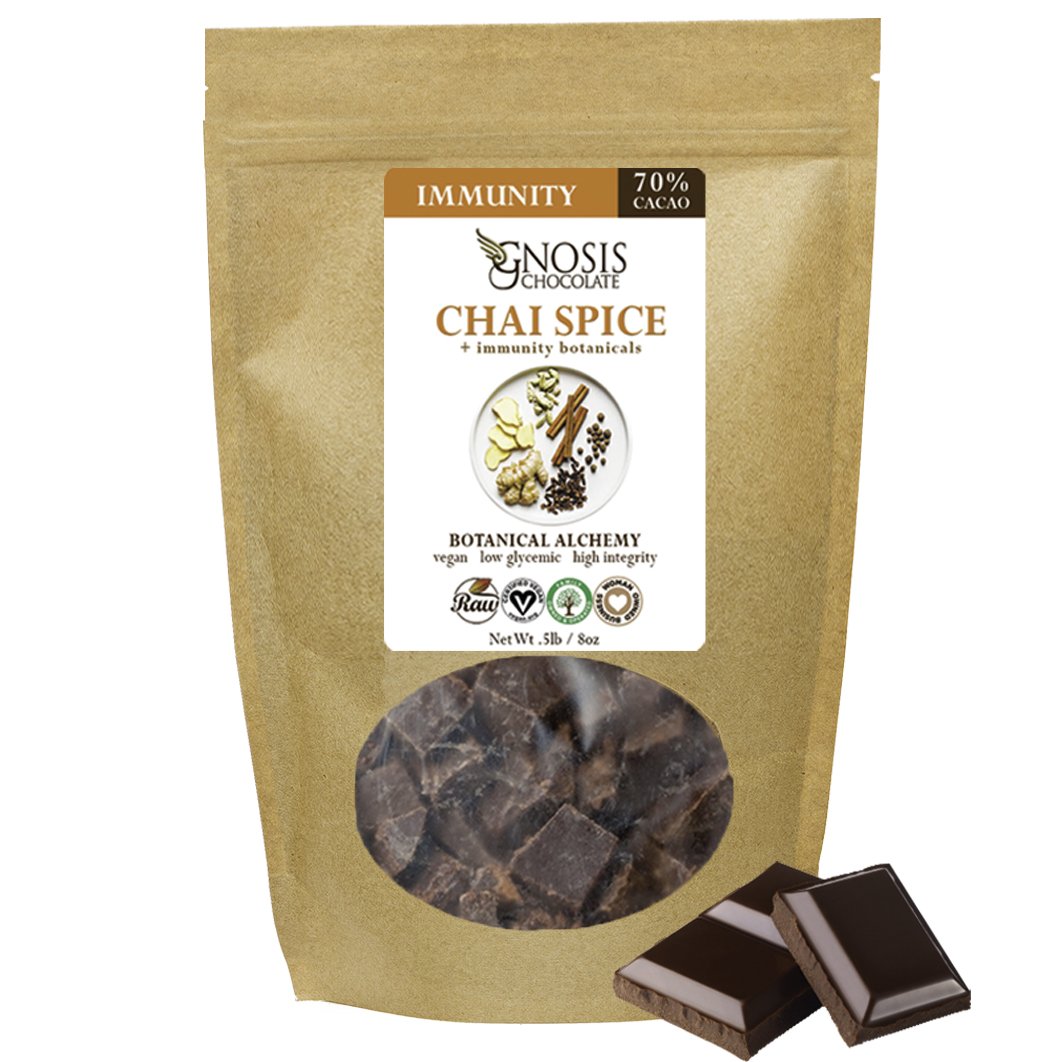INGREDIENT FEATURE: the Health Benefits and Significance of Cinnamon
The Health and Historical Differences Between Ceylon and Cassia Cinnamon
Cinnamon, a beloved spice used in kitchens worldwide, is more than just a flavoring agent; it has a rich history and numerous health benefits. What many don't realize is that not all cinnamon is created equal. There are two primary types: Ceylon cinnamon, often referred to as "true cinnamon," and Cassia cinnamon, a more common variety. Both possess distinct flavors, medicinal properties, and historical significance, but they differ profoundly in health benefits and potential risks.
Historical Roots and Traditions
Cinnamon's history stretches back over 4,000 years to ancient Egypt, where it was highly prized not only as a flavoring and medicinal substance but also as an offering to the gods. It was considered more valuable than gold at certain points in history and played a significant role in ancient trade routes. Ceylon cinnamon, native to Sri Lanka, was regarded as the more precious variety, often reserved for royalty and aristocracy. The word "cinnamon" itself is derived from the ancient Hebrew "qinnamon," which is mentioned in the Bible as a sacred spice.
Cassia cinnamon, on the other hand, originates from China and other parts of Southeast Asia. While it is more widely available and less expensive than Ceylon, it has been used in traditional Chinese medicine for millennia, praised for its ability to stimulate circulation and warm the body. Both forms of cinnamon made their way across ancient trade routes, infusing themselves into the culinary and medicinal traditions of various cultures.
Ceylon vs. Cassia: A Nutritional Comparison
Ceylon cinnamon, often referred to as "true cinnamon," is considered the purest form of the spice, prized for its delicate, sweet flavor and low coumarin content, making it the safer and more healthful option for regular use. Cassia cinnamon, on the other hand, is sometimes seen as the "fake" or lesser variety. While it shares the warm, spicy characteristics of Ceylon, it has a much stronger, harsher taste and contains significantly higher levels of coumarin, a compound that can be harmful in large amounts. This distinction between "true" and "fake" cinnamon isn't just about flavor; it also highlights the significant health risks and benefits between the two, with Ceylon being preferred for its gentleness and medicinal properties, while Cassia is more common, cheaper, but best consumed sparingly.
From a health perspective, Ceylon cinnamon offers a range of benefits, including its ability to:
Lower blood sugar levels: Cinnamon, particularly Ceylon, has been shown to improve insulin sensitivity, making it beneficial for people with Type 2 diabetes.
Reduce inflammation: Ceylon’s anti-inflammatory properties help combat chronic inflammation, a root cause of many diseases.
Act as a potent antioxidant
Ceylon cinnamon contains polyphenols, powerful antioxidants that protect the body from oxidative stress, which can contribute to aging and diseases like cancer.
Cassia cinnamon also offers benefits but is best consumed in moderation due to its higher coumarin content. Its warming properties can aid digestion, improve circulation, and soothe sore muscles, yet the risks associated with overconsumption make it less ideal for regular use.
Spiritual and Energetic Qualities of Cinnamon
Beyond its nutritional advantages, cinnamon has long been revered for its spiritual and energetic qualities. In many cultures, cinnamon is associated with warmth, protection, and prosperity. In ancient Egypt, cinnamon was burned during rituals to purify spaces and invoke divine energies. In traditional Chinese medicine, cinnamon is considered a "yang" herb, balancing coldness in the body and activating the flow of energy (qi). It is often used in blends meant to stoke inner warmth and vitality.
Ceylon cinnamon, with its lighter, more delicate flavor, is sometimes linked to gentler spiritual practices, such as enhancing meditation, promoting peace, and deepening connection with one’s inner self. Its association with lightness and clarity makes it a popular choice in rituals focused on tranquility, intuition, and purification.
Cassia cinnamon, with its stronger, spicier profile, is more frequently used in rituals of protection and abundance. Its robust, fiery nature is said to dispel negativity, block harmful energies, and call forth material wealth. In this regard, it resonates more with the earth, grounding one’s intentions and bringing them into physical manifestation.
A Monthly Cinnamon Ritual for Abundance
Cinnamon has long been considered a symbol of prosperity and good fortune. A simple yet powerful abundance ritual involves using cinnamon at your doorstep, invoking blessings for your home and those who dwell within. This simple ritual can be performed monthly or at the beginning of each season as a way of aligning your intentions with nature's cycles of renewal and growth. By combining the ancient wisdom of cinnamon with the power of mindful intention, you open the doors to a more abundant life. Here is a step-by-step guide to this ancient practice for the first of each month:
You’ll need a small amount of ground cinnamon and a clear intention of what abundance means to you—whether it's wealth, health, peace, love, or personal growth.
Imbibe a cinnamon-infused treat and/or cacao elixir to deepen your intention. Focus on the comforting energy of the ingredients. This aligns your physical body with your intention and honors the sacredness of cacao, a heart-opening elixir used for centuries in spiritual ceremonies.
Open your front door and take a deep breath. Visualize the type of abundance you wish to invite into your home. Imagine it flooding your space with positivity, peace, and prosperity.
With the cinnamon powder in your palm, blow it across the threshold of your door. you might say or think, "As this cinnamon flows, abundance grows." Visualize the wind carrying your intentions into the universe.
After blowing the cinnamon, take moment to thank the universe, your higher self, or any spiritual forces you believe in for hearing your call. Trust that abundance is on its way.
Allow the cinnamon to rest on the floor for a few hours before sweeping it away, symbolizing the planting of your intention.
Finish your ritual by sitting in gratitude, letting the warmth of the cinnamon and cacao settle into your being, anchoring your desires into reality.






